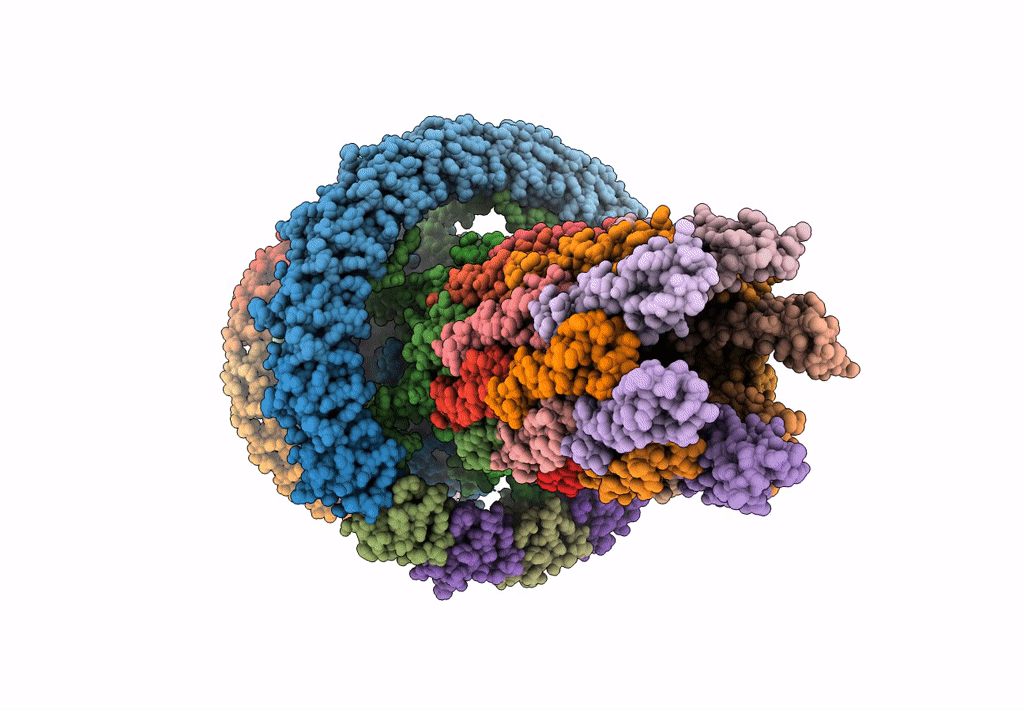
Deposition Date
2022-08-31
Release Date
2023-03-01
Last Version Date
2024-11-13
Entry Detail
PDB ID:
8AXK
Keywords:
Title:
Type 3 secretion system export apparatus core, inner rod and needle of Shigella flexneri
Biological Source:
Source Organism:
Shigella flexneri (Taxon ID: 623)
Host Organism:
Method Details:
Experimental Method:
Resolution:
4.05 Å
Aggregation State:
PARTICLE
Reconstruction Method:
SINGLE PARTICLE


